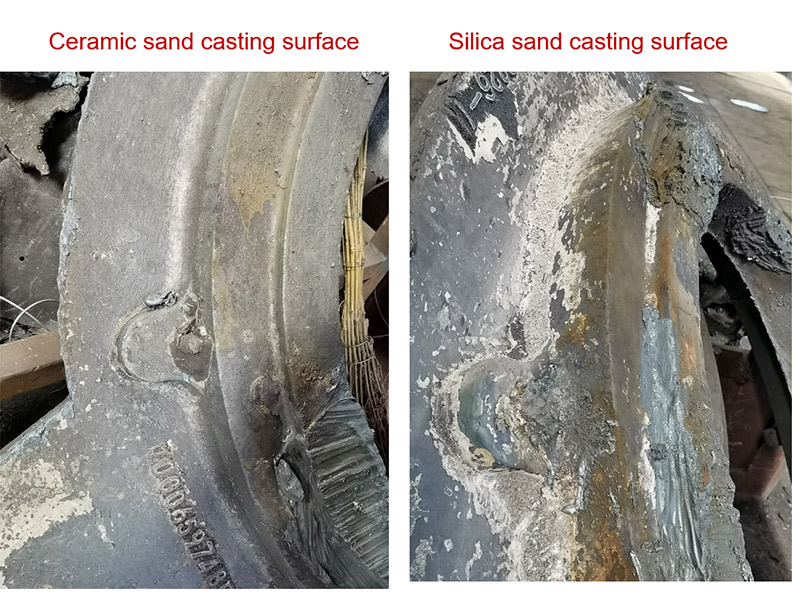The Importance of Resin-Coated Frac Sand in Hydraulic Fracturing
In the ever-evolving landscape of the oil and gas industry, the efficient extraction of hydrocarbons has become increasingly dependent on advanced technologies and materials. One such innovation is the use of resin-coated frac sand, a crucial component in hydraulic fracturing (fracking) processes. As the demand for natural gas and oil continues to surge, understanding the nature and benefits of resin-coated frac sand is essential for both industry professionals and stakeholders.
The Importance of Resin-Coated Frac Sand in Hydraulic Fracturing
Resin-coated frac sand is sand that has been treated with a layer of resin, usually a phenolic or epoxy compound, which enhances its properties. This coating serves multiple purposes. Firstly, it increases the strength of the sand grains, reducing the likelihood of crushing under the high pressure of fracking operations. This durability is especially important as the industry increasingly targets deeper shale formations that require robust materials.
resin coated frac sand

Secondly, the resin coating significantly enhances the sand's ability to bond with the oils and gases being extracted. The coated sand forms a more stable structure within the fractures, creating better pathways for hydrocarbon flow. This improved conductivity can lead to higher production rates and more efficient extraction processes, which ultimately translates to greater economic returns for operators.
Moreover, resin-coated frac sand contributes to a decrease in fluid loss during the fracking process. The resin creates a hydrophobic surface, preventing water from absorbing into the sand and facilitating better fluid management. This is particularly advantageous in tight reservoirs, where maintaining pressure is crucial for successful fracking. By minimizing fluid loss, operators can optimize their fracking operations and reduce waste, leading to more sustainable practices in the field.
It is also worth noting the environmental implications of using resin-coated frac sand. While the fracking industry has been scrutinized for its environmental footprint, advancements in material science, such as resin-coated sands, offer pathways to mitigate some of these concerns. Reduced fluid loss contributes to lower water usage, and the improved efficiency of hydrocarbon extraction means that less sand is needed over time, resulting in a decrease in the overall environmental impact.
In conclusion, resin-coated frac sand is emerging as a game-changer in the hydraulic fracturing industry. Its enhanced strength, improved bonding capabilities, and reduced fluid loss make it an invaluable asset in maximizing efficiency and sustainability in hydrocarbon extraction. As the industry continues to navigate the challenges of energy production and environmental stewardship, the role of innovative materials like resin-coated frac sand will undoubtedly become more pivotal in shaping the future of oil and gas extraction.
Post time:okt . 18, 2024 14:17
Next:Exploring the Future of Sand Casting in Modern Industrial Applications
